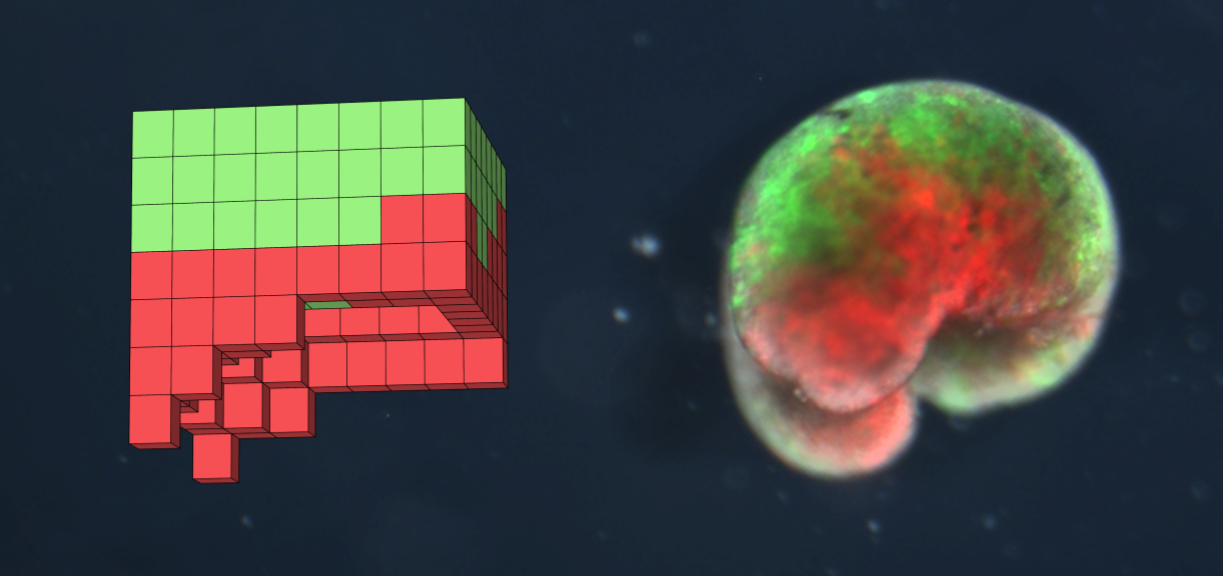
Xenobots are a revolutionary new kind of organism, created using living cells and artificial intelligence. These tiny robots are not like traditional robots made of metal or plastic. Instead, they’re made from the cells of a frog embryo, which are reprogrammed to act like tiny machines. The idea behind xenobots is to use biology and technology together, creating organisms that can perform tasks like moving, healing themselves, and even reproducing—something no normal robot can do.
But how are they made? To create a xenobot, scientists first take cells from a frog embryo. These cells are then “designed” by artificial intelligence. The AI runs simulations to figure out the best shape and structure for the cells to work together. The frog cells are programmed to organize themselves into a tiny, moving organism. Some cells act as motors, while others form a sort of “skin.” Together, they create a creature that can move around, respond to its environment, and even heal itself if damaged.
One of the most amazing things about xenobots is their ability to reproduce. When a xenobot is placed in a dish with loose frog cells, it can “scoop up” these cells and use them to create more xenobots. This process is a type of reproduction that we don’t see in regular animals. Unlike most living organisms, xenobots don’t divide their cells to make offspring. Instead, they use the available cells to build entirely new creatures.
Xenobots have huge potential in the world of medicine and technology. Because they are made of living tissue, they can be used to perform tasks inside the human body without causing harm. For example, they might one day deliver drugs to specific areas of the body or help heal injuries. Their small size and ability to move through the bloodstream could make them useful for tasks like clearing clogged arteries or removing harmful substances from the body. Since they are made from biological cells, they break down naturally, meaning they won’t leave any harmful waste behind.
There are also exciting possibilities for the environment. Xenobots could help clean up polluted ecosystems by gathering microplastics or other harmful materials from water. Unlike traditional robots, they don’t add to the pollution—they would simply break down after completing their task.
But as amazing as xenobots are, they also raise some important ethical questions. Are these new life forms, or are they just machines? If we can create living organisms like this, what are the responsibilities we have to ensure they are used safely and ethically? Scientists are still working to answer these questions, but one thing is clear—xenobots have the potential to change how we think about life, technology, and the future.
Xenobots represent a new frontier in science. They challenge the way we think about living organisms, technology, and even the concept of life itself. With their ability to heal, move, and reproduce, these tiny living robots might one day become an important part of medicine, environmental cleanup, and much more. As research continues, the possibilities for xenobots seem endless, and we’re only beginning to understand their true potential.